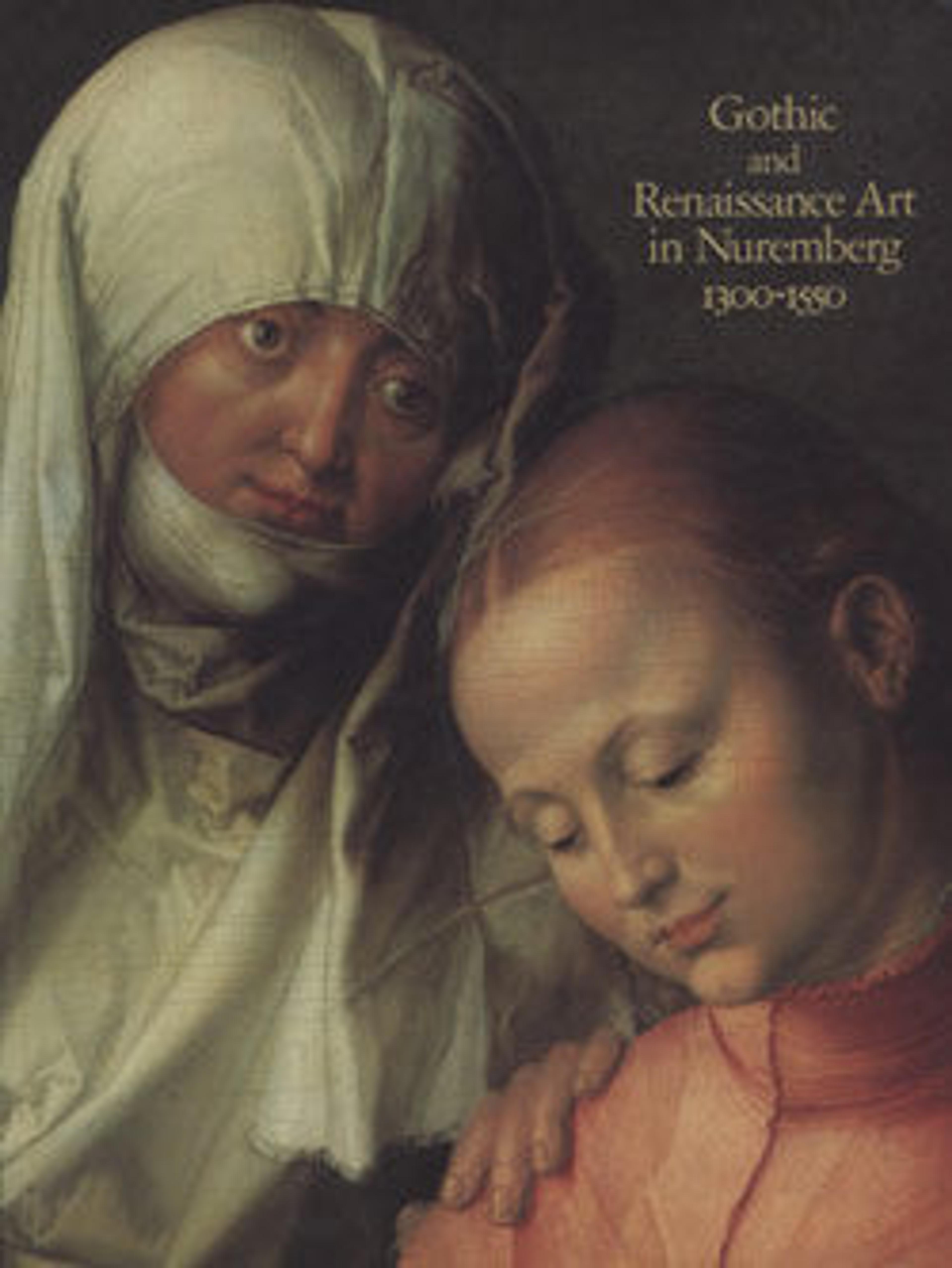Aquamanile in the Form of a Horse
Less dramatic, but more elegant than the flame-tailed lion (1994.244), this aquamanile in the form of a horse is also a product of Nuremberg from around 1400. Interestingly, it entered the Museum's collection as a unicorn and was restored to its original form in 1956. The remains of a hole in the forehead where the horn was attached can still be seen, and a cleft remains in each hoof.
Artwork Details
- Title: Aquamanile in the Form of a Horse
- Date: ca. 1400
- Geography: Made in Nuremberg
- Culture: German
- Medium: Copper alloy
- Dimensions: Overall: 13 1/4 x 14 1/2 x 3 3/4 in. (33.7 x 36.8 x 9.5 cm)
Overall PD: 13 1/4 x 3 3/4 x 15 in. (33.6 x 9.5 x 38.1 cm)
Thickness PD: 2/25 in. (0.2 cm) - Classification: Metalwork-Copper alloy
- Credit Line: Gift of William M. Laffan, 1910
- Object Number: 10.13.4a
- Curatorial Department: Medieval Art and The Cloisters
More Artwork
Research Resources
The Met provides unparalleled resources for research and welcomes an international community of students and scholars. The Met's Open Access API is where creators and researchers can connect to the The Met collection. Open Access data and public domain images are available for unrestricted commercial and noncommercial use without permission or fee.
To request images under copyright and other restrictions, please use this Image Request form.
Feedback
We continue to research and examine historical and cultural context for objects in The Met collection. If you have comments or questions about this object record, please complete and submit this form. The Museum looks forward to receiving your comments.
